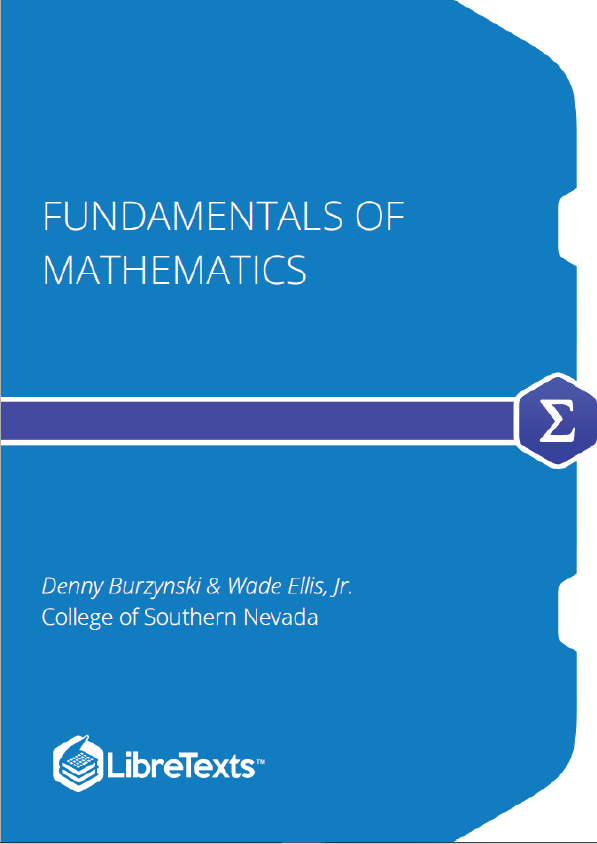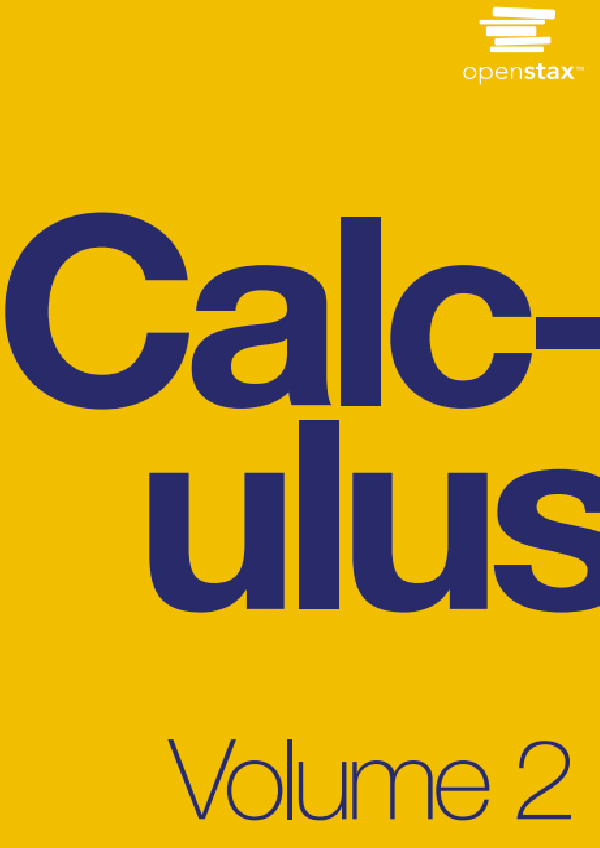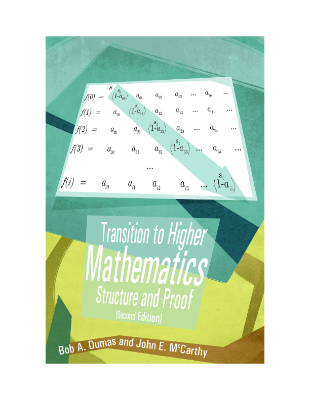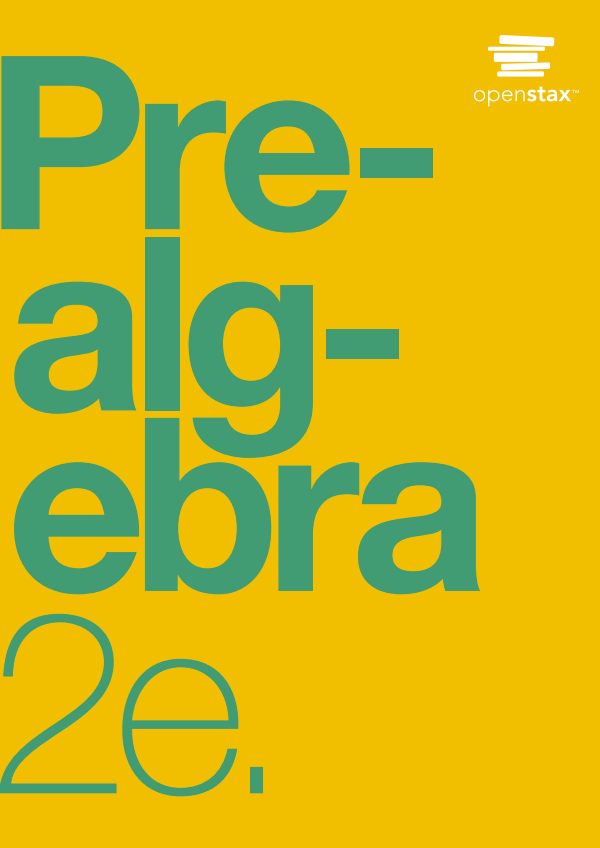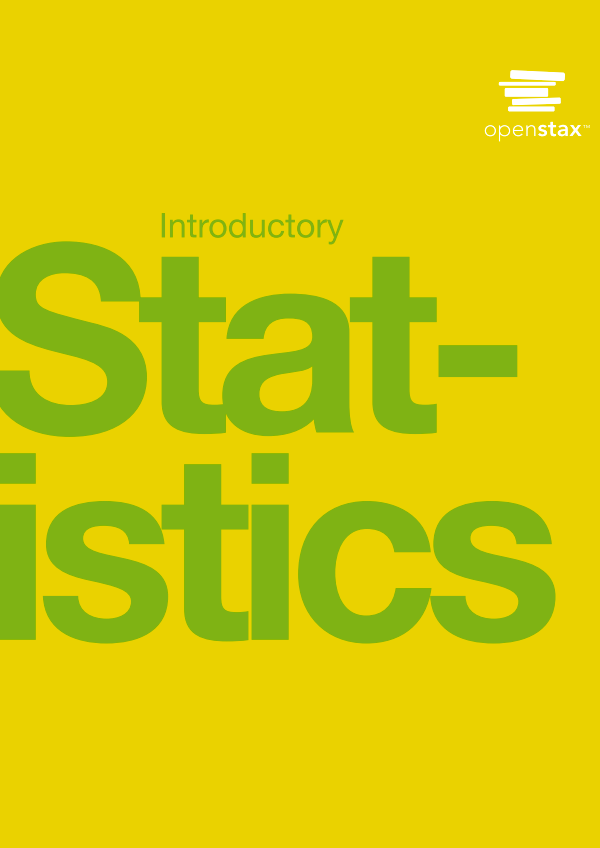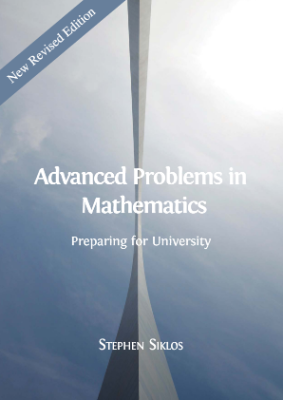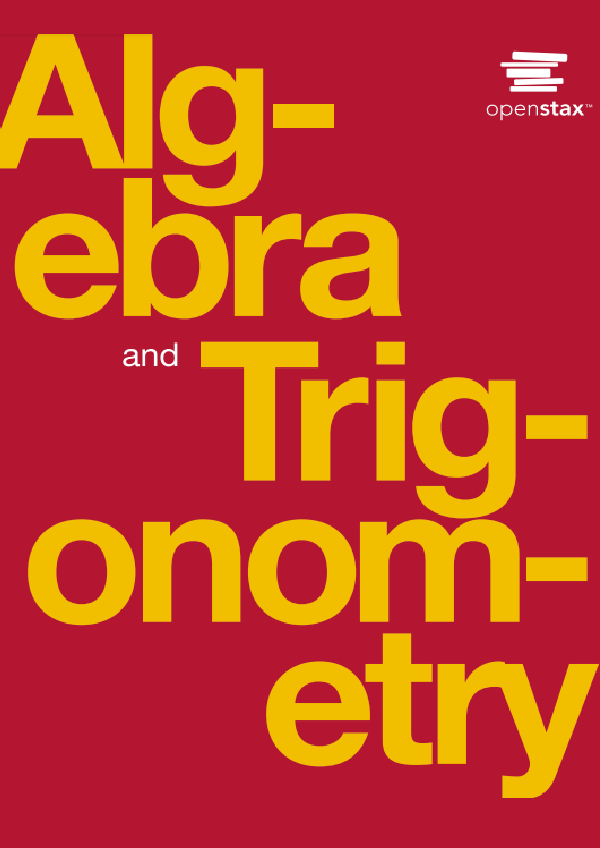Whole Numbers
- know the difference between numbers and numerals
- know why our number system is called the Hindu-Arabic numeration system
- understand the base ten positional number system
- be able to identify and graph whole number
Numbers and Numerals
We begin our study of introductory mathematics by examining its most basic building block, the number.
A number is a concept. It exists only in the mind.
The earliest concept of a number was a thought that allowed people to mentally picture the size of some collection of objects. To write down the number being conceptualized, a numeral is used.
A numeral is a symbol that represents a number. In common usage today we do not distinguish between a number and a numeral. In our study of introductory mathematics, we will follow this common usage.
Rounding Whole Numbers
- understand that rounding is a method of approximation
- be able to round a whole number to a specified position
Rounding as an Approximation
A primary use of whole numbers is to keep count of how many objects there are in a collection. Sometimes we’re only interested in the approximate number of objects in the collection rather than the precise number. For example, there are approximately 20 symbols in the collection below.
We often approximate the number of objects in a collection by mentally seeing the collection as occurring in groups of tens, hundreds, thousands, etc. This process of approximation is called rounding. Rounding is very useful in estimation. We will study estimation in Chapter 8.
When we think of a collection as occurring in groups of tens, we say we’re rounding to the nearest ten. When we think of a collection as occurring in groups of hundreds, we say we’re rounding to the nearest hundred. This idea of rounding continues through thousands, ten thousands, hundred thousands, millions, etc. The process of rounding whole numbers is illustrated in the following examples.
